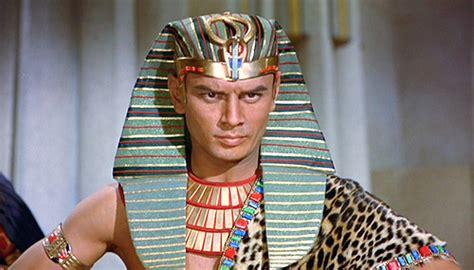"So let it be written! So let it be done!"
Posted 2020-10-11 21:48:36
2
10K

For someone who didn’t live through the era, it may be difficult to understand the pervasive gloom that hung over the United States in 1979 and 1980.
Our hostages were stuck in Iran, and a rescue effort became a deadly fiasco in the desert.
The Soviet Union dramatically escalated the Cold War with its invasion of Afghanistan.
But worst of all was a domestic threat that is now all but forgotten: sharp inflation. The basic Consumer Price Index used by the government to measure the cost of common goods and services soared by 13.3 percent in 1979 and 12.5 percent in 1980, capping a four-year surge of inflation that drove up the cost of living by a cumulative 48 percent.
Just to stay even, a family’s breadwinners would have to average huge raises every year. News accounts of the era reflect a sense of desperation among millions of families, of constantly losing ground.
In spring 1980, with inflation at an 18 percent rate for the first quarter of the year, with home mortgage rates above 14 percent and with some farmers being forced to borrow against their summer crops at a 25 percent rate, it felt like a real possibility that the United States was on track to be ruined by hyperinflation.
Affecting every American, inflation was the issue of the time in a way no issue has been since. And so what did the president do in response? Jimmy Carter named an inflation czar. He launched a voluntary price-control system that was largely ignored. He took small steps to control government spending, then mostly abandoned them. He announced grand plans to work with the international community, then never followed through. All the while he did this, his economic advisers were confiding to journalists that very high inflation was the new normal – that it had been “institutionalized.”
Now, of course, many factors beyond a president’s control contribute to inflation. But the inflationary cycle of higher prices and higher wages isn’t solely a function of businesses and lenders passing along higher costs. Businesses will continue to raise prices, and lenders interest rates, because of another reason: They lack confidence in the capacity of a nation’s leaders to break the inflationary cycle and restore stability.
Between Jimmy Carter’s posturing, his stops and starts on actual policy responses to inflation, his inability to work cohesively with his fellow Democrats running Congress and the quotes from his aides on the unlikelihood of returning inflation to the 4.9 percent level seen in 1976, the only thing the president inspired confidence in was the belief that he was in over his head.
It is true that Paul Volcker, the Federal Reserve chairman Carter appointed in 1979, ended up working with the Reagan administration in the 1980s to largely flush inflation out of our economic system. But that hardly excuses the despair Americans felt the longer Carter was in office – our sense the nation was out of control.
And what did the president think of all this? In July 1979, he gave his infamous nationally televised “malaise” speech. The basic message he imparted to Americans: I’m unpopular, therefore you’re sick.
Sixteen months later, voters gave their response. Carter suffered the worst Electoral College thrashing of any modern president seeking re-election. He was unpopular for a simple reason: He was incompetent.
Alfred Kahn, “inflation czar” under President Jimmy Carter
** Kahn was instructed not to use the stark term “depression.” Seniors and Baby Boomers might remember how Kahn went forward.
With his dictionary now abridged by one word and his Thesaurus woefully short on suggestions, he came up with some memorable nomenclature. Kahn now preached that failing to bring inflation under control could lead to a … banana.

Sponsorluk
We are 100% funded for October.
Thanks to everyone who helped out. 🥰
Xephula monthly operating expenses for 2024 - Server: $143/month - Backup Software: $6/month - Object Storage: $6/month - SMTP Service: $10/month - Stripe Processing Fees: ~$10/month - Total: $175/month
Site içinde arama yapın
Kategoriler
- Art
- Causes
- Crafts
- Crime
- Dance
- Drinks
- Film
- Finance
- Fitness
- Food
- Oyunlar
- Gardening
- Health
- Home
- Literature
- Music
- Networking
- Paranormal
- Other
- Politics
- Rehber
- News
- Party
- Science
- Religion
- Shopping
- Sports
- SyFy
- Politically Incorrect
- Philosophy
- Theater
- Technology
- Wellness
Read More
ISIS Leader Dubbed ‘Jabba The Jihadi’ Captured In Iraq - Was He Eating The Captives Or Something?
Lol... 560 pounds can't even wipe his but just fermenting there smelling like a beast finally...
Reality Persuasion
U1
Your singing and the music you were listening to was like all of heaven was cheering me on...
"Oh Gender Roles, Why Have We Forsaken Thee?"
Got a bit of a hot take here, and feel free to challenge me on this.
We hear a lot in media...
What is Actual Cash Value
Insurers, working without legislative or judicial direction, created a working definition of the...



